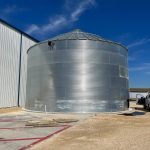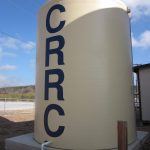Landscape Design 101
Got a Question about Landscape Design?
How to Calculate Landscape Water Needs
In order to calculate the exact landscape water needs, you can use the following formulation. This is the true method for calculating landscape water needs. This calculation doesn’t always occur when irrigation systems are being designed and installed. Typically, irrigation systems have their zones set at “standard” time intervals (eg. 20 minutes per zone). This leads to either over-watering or under-watering.
The information below is provided for educational purposes so that you can see the actual science behind landscape irrigation.
You will need three different factor per plant material to calculate your landscape water needs:
- Species factor (ks)
- Microclimate factor (kmc)
- Planting density factor (kd)
The three factors are used in the following relationship to generate a Landscape Coefficient,(KL), which is a functional equivalent to the crop coefficient used for estimating water needs for turf grass and agricultural crops:
Landscape Coefficient = Species factor x Microclimate factor x Density factor
KL = ks x kmc x kd
After you calculate KL, you will be able to determine how much irrigation water is needed by using the following relationship:
ETL = KL x ETo
where ETL is the estimated water need of the planting and ETo is reference evapotranspiration
To determine the total gallons needed for the planting, then the area of the planting (square feet) and a conversion factor are included as follows:
It should be emphasized that these are estimates of water needs. They are not absolute determinations of water needs. They are estimates intended to provide you with an approximation of the amount of water to apply.
Latest Landscape FAQ







